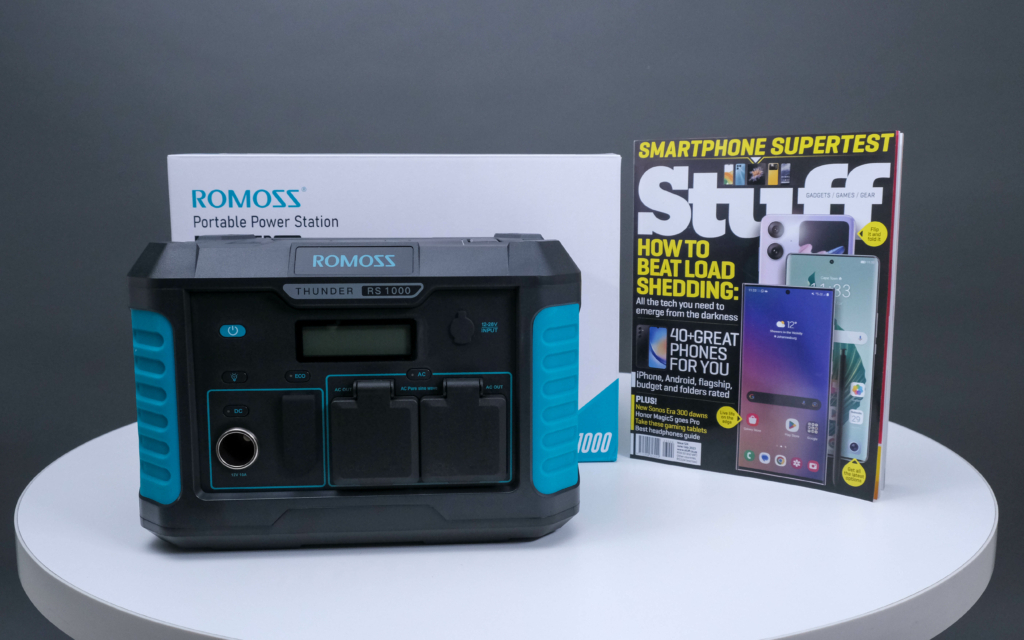It's not the most tech-filled battery backup we've encountered but it's got enough under the hood to keep some higher-end appliances running. No kettles, obviously, but you could keep a bar fridge running, for instance, or a TV/games console/DStv combo running for long enough to wait out Eskom's clock. Plus, it looks like it can take a knock. But we'd avoid drop-kicking it. It's still a battery, and a slightly heavy one at that.
-
Price
-
Ease of use
-
Battery
-
Practicality
When you do something a bunch, you become something of an expert in it. South Africans, in general, have developed essential skills pertaining to a few things. Making use of portable power and surviving without it entirely are just a couple of the new abilities load shedding has forced on the population. But if you’re rocking something like the Romoss Thunder RS 1000 power station, you won’t develop those mental calluses quite as fast as everyone else.
Whether that’s a good thing or not (honestly, SA’s going to be right up there in terms of survivability in the event of a Carrington Event repeat) is up to you. But while there’s a serious need for lights and internet access and the ability to charge mobile devices, it’s best to keep some sort of battery backup around. The Romoss Thunder RS 1000 is a well-rounded option to do just that.
Industrial
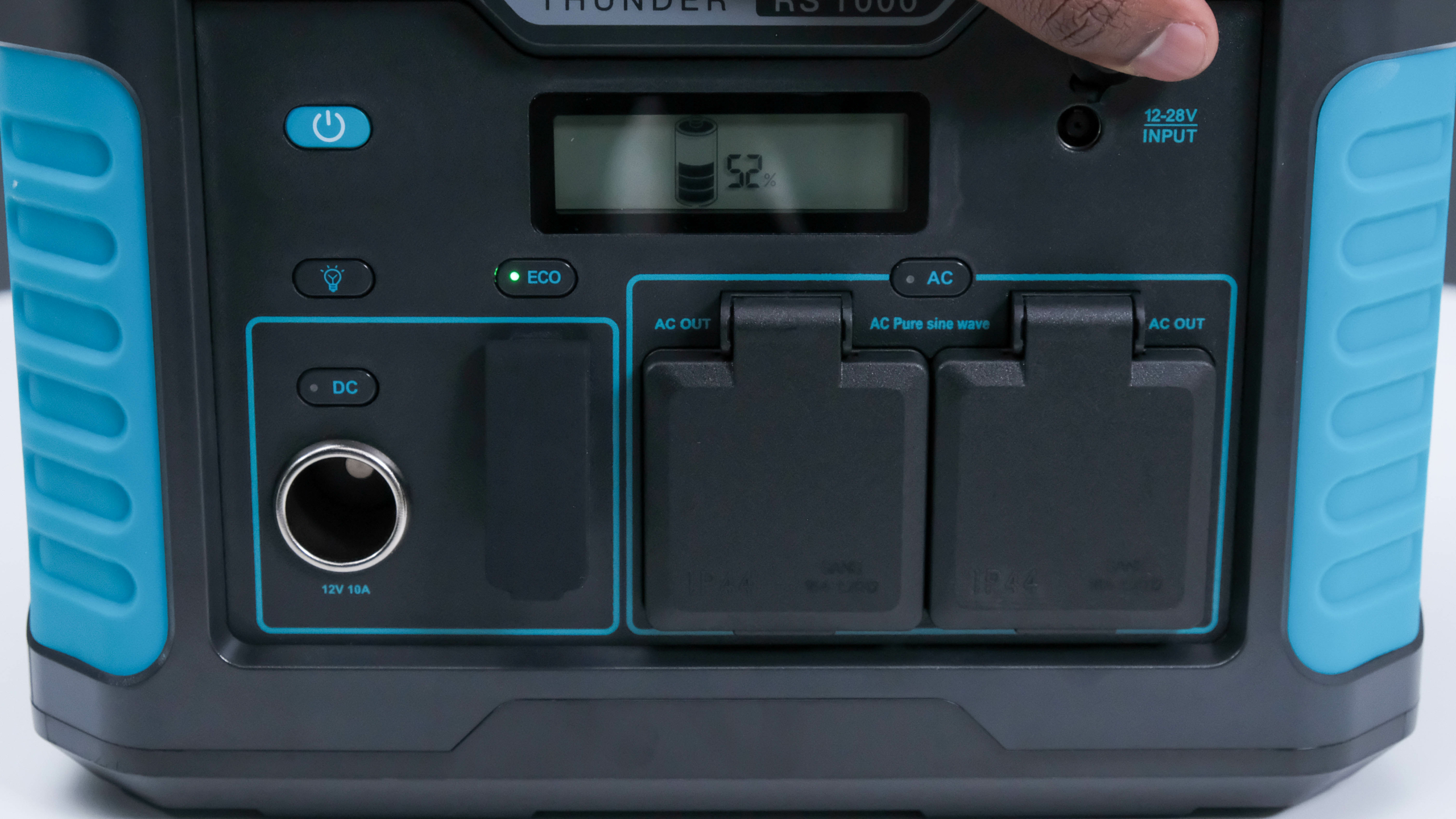
The RS 1000 power station looks like it belongs on a construction site. As with the many, many competitors on the market, it’s a rectangular cube dominated by a faceplate set with a range of input and output ports. This Romoss unit crams in more than most. We’ll get to all of those once we’ve dealt with the outer casing, which offers a ruggedised look that suits the back of a bakkie, next to a couple of scarred toolboxes. But few South Africans use these batteries that way. It also looks like it’ll survive the rigours of a typical SA home as a result.
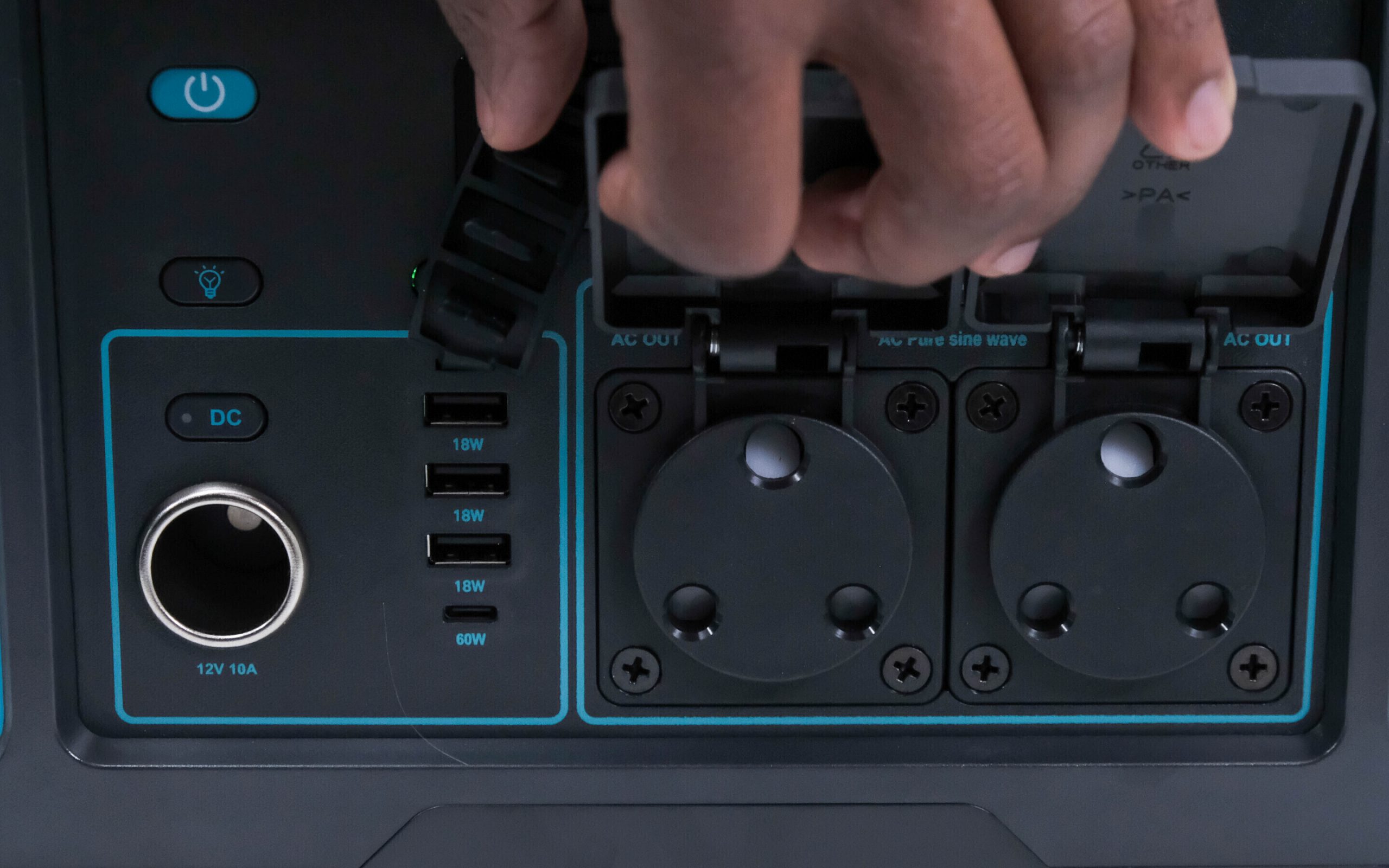
This industrial impression is carried on by the covers concealing most of the ports. There are two Type D (three-prong) plugs, which is unusual for a battery this size, as well as a full set of USB-A and a lone USB-C to fiddle with. Keeping a couple of small appliances or most of your electronics running at once is an option. If you have any 12V camping gear, that’ll operate just fine too, provided you stick below its rated output of 1,000W.
Numbers game
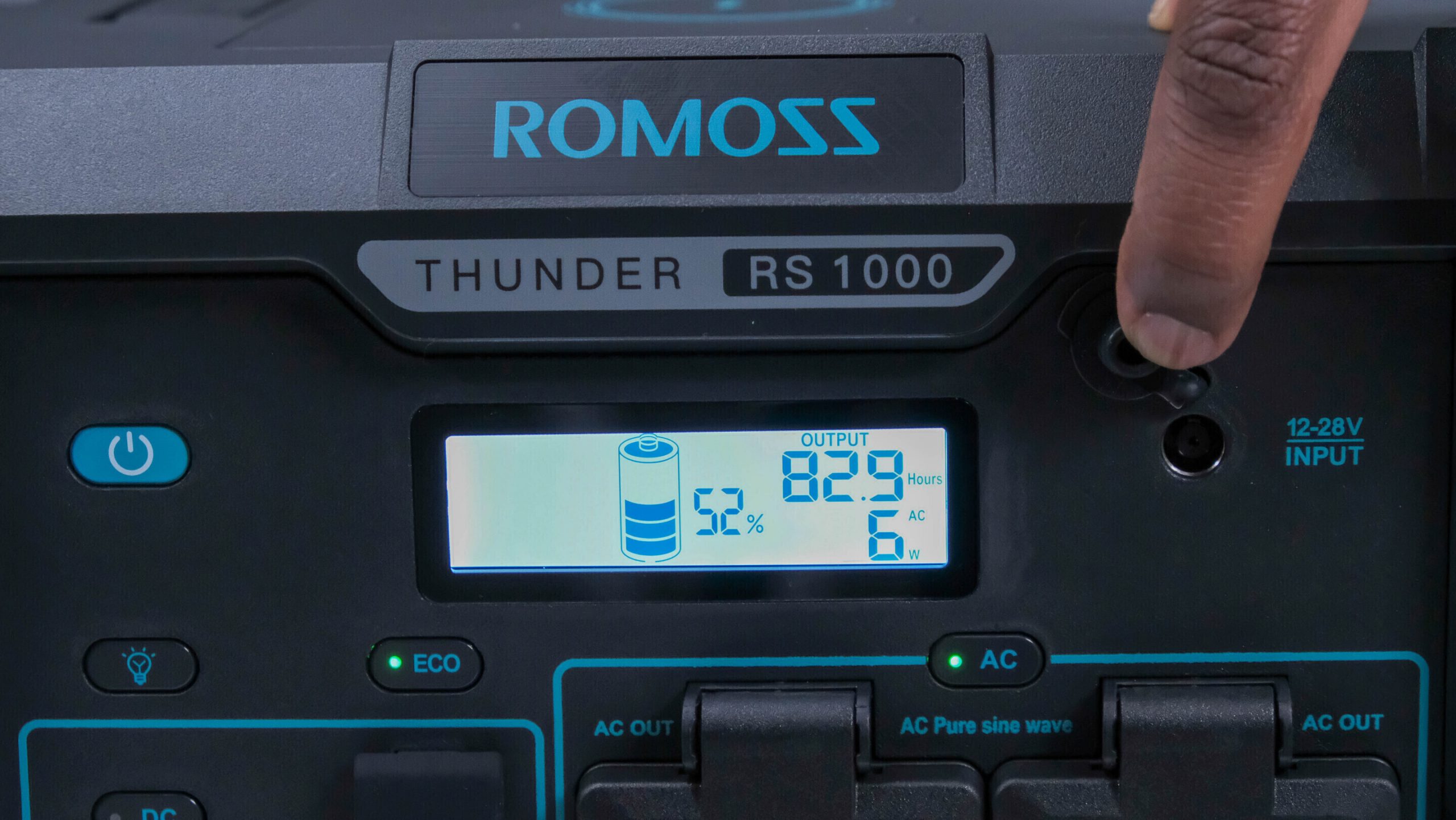
The Romoss Thunder RS 1000’s title refers to the rated output power of 1,000W. It’s got a peak output capability of 2,000W, so you should be able to run something with a fair startup power requirement, but the battery isn’t going to hold up for much longer than an hour if you’re running it at the limit. Actually, since there’s a 933Wh ternary (three-component — LiFePo4, as far as we can tell) battery, it’s not going to clear the 60-minute mark with a 1,000W power draw. But if you’re reasonable with your demands, it’ll keep something (or a bunch of them) running for an entire load shedding session.
And it’ll do so mostly quietly. Some of the noise comes from very intermittent cooling fans while in use but the majority will occur while charging the unit. There are options here — mains, solar, and even via a car socket — but connecting to your plug when the ‘shed has fled is the best option. The battery tops up in short order so you’re ready to go for another round against the Eskom blackout machine. The mains charge speed is up to 150W, giving you a full battery in, at most, a couple of hours.
Other stuff
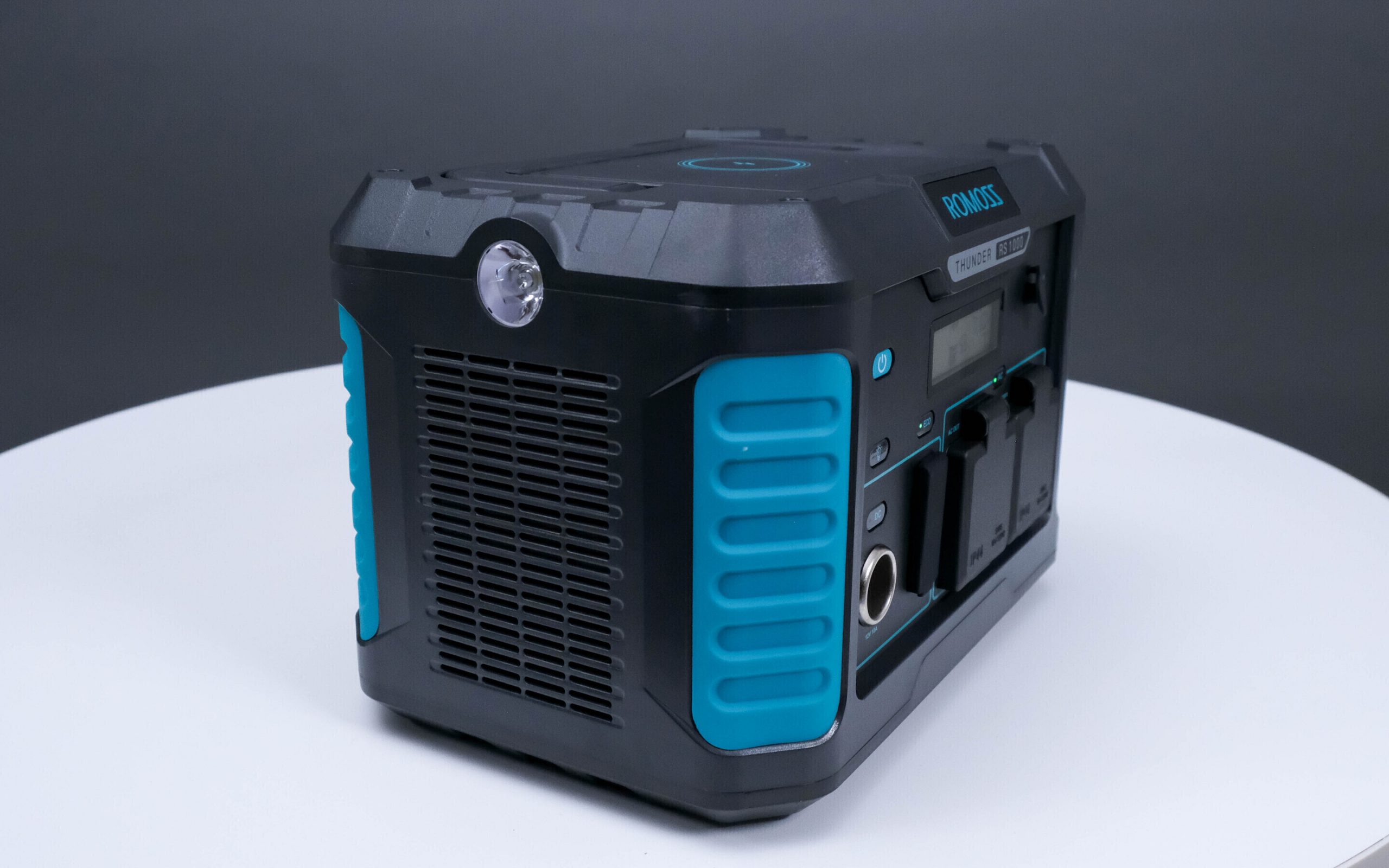
For some reason, Romoss couldn’t stop adding features. Features we were aware of but couldn’t be bothered to use, for the most part, but they’re there. There’s an LED set into one side of the RS 1000, which further reinforces that ‘industrial equipment’ impression, which is marginally useful and there’s also a wireless charging pad built into the top of the battery. There’s a convenience to it, we suppose, and if you were on a building site or on a camping trip, it might make sense to stash a smartphone there. But if you’re being load shed, you’re probably holding your smartphone for something to do while the lights are out and there are all these bored people about.
The one thing we couldn’t effectively test was the RS 1000’s extended battery life. It lasts through an entire two-and-a-half hour load shedding with space to spare when we’re draining a pretty steady 300-watts from it but the fact that it’s rated for about 800 discharge cycles means we have to take Romoss’ word for it when it comes to longevity. Nothing about the build suggests we’d be making a mistake in doing so, so we’d be happy to give this one a recommendation.
Romoss Thunder RS 1000 verdict
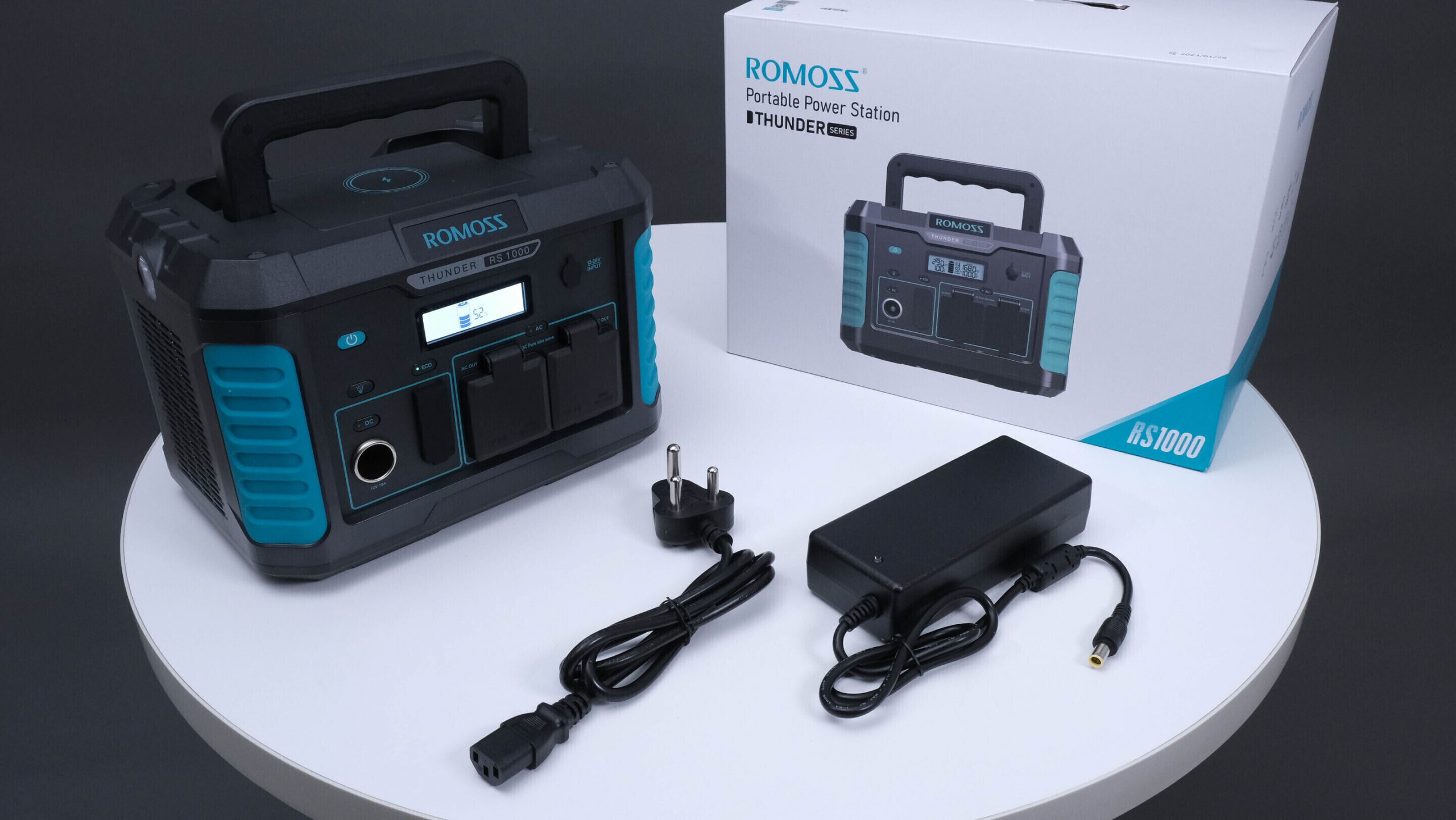
Every South African home needs at least one form of battery backup. Whether it’s a 20,000mAh block for keeping phones charged or something more extravagant like the Ecoflow Delta 2, your options are dictated mainly by budget. The Romoss Thunder RS 1000 has a recommended retail price of R14,000, which is about the right place for a battery like this, but depending on where you look, you can pick one up for between R10,000 and R11,500.
The lower the price gets, the more attractive this unit looks, but you don’t really need to worry about paying full price either. It’ll prove its worth immediately. Time will tell if it has the legs to keep you happy till it’s time for a replacement but we strongly suspect that’s an affirmative.

